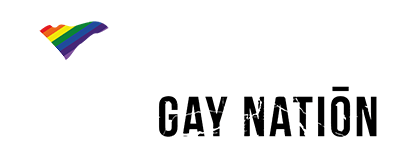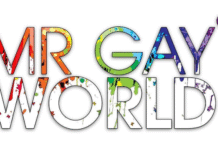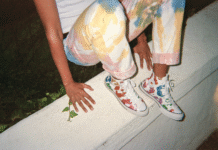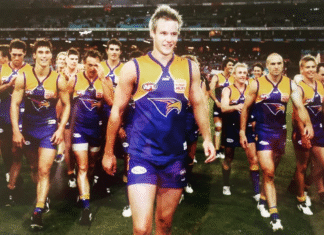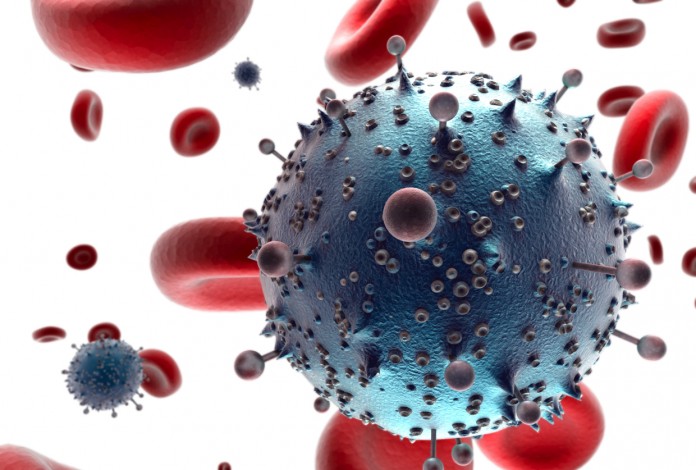
Australia has recorded its lowest level of HIV diagnoses in seven years and the Gay and Bisexual men diagnoses rate has dropped 15% in the past year alone.
According to a new report from the Kirby Institute at the University of NSW, 963 new HIV diagnoses in 2017, the lowest number since 2010.
Gay and bisexual men continue to represent the highest proportion of new HIV diagnoses in Australia, accounting for almost two-thirds of all infections but this is a reduction of 15% just in the past year.
Speaking at the launch of the report at the Australasian HIV&AIDS Conference in Sydney, Head of the Kirby Institute’s Surveillance, Evaluation and Research Program Profesor Rebecca Guy said we should be very pleased with the report’s results.
“Although the declines are relatively small, the downward trend over recent years, alongside increased testing rates and enhanced national prevention strategies, mean we can be cautiously optimistic about these reductions,” said Professor Guy.
“Although the declines are relatively small, the downward trend over recent years, alongside increased testing rates and enhanced national prevention strategies, mean we can be cautiously optimistic about these reductions.”
Researchers are attributing the promising results to more people getting tested for HIV, more people living with HIV starting treatment which reduces the risk of HIV transmission to effectively zero, and an increased use of pre-exposure prophylaxis (or PrEP, an HIV prevention pill).
“This decline is good news, but there is much more work to be done,” Professor Guy continued.
“PrEP offers every opportunity to drive down HIV to low levels, but it needs to reach all people who could benefit from it.
“In particular we need to improve access for gay and bisexual men living outside of inner-city areas, gay and bisexual men born overseas and Aboriginal or Torres Strait Islander gay and bisexual men.”

Unfortunately, there are some areas that still have a long way to go especially in areas of heterosexual diagnosis.
According to the report, a quarter of new HIV diagnoses in 2017 were among heterosexuals, with a 10% increase in diagnoses over the past five years.
“The figures among heterosexuals are concerning. Almost half the diagnoses in this population are late, which means that the person has been living with HIV for four or more years without knowing,” said Professor Guy.
“This data highlights the importance of HIV testing among heterosexuals.”
HIV diagnoses have been increasing among Aboriginal and Torres Strait Islander populations over the past five years, with rates almost two times higher than the Australian-born non-Indigenous population in 2017.
“The fact that Aboriginal populations are not seeing the same declines as the non-Indigenous population means the gap is likely to widen, unless we increase our efforts in HIV prevention, in particular, targeted campaigns for the community focussed on testing, treatment and PrEP,” said Associate Professor James Ward from the South Australian Health and Medical Research Institute.
Darryl O’Donnell, CEO, Australian Federations of AIDS Organisations said this data shows gay and bisexual men are more active than ever in preventing HIV transmission.
“It should finally puncture the myth of ‘complacency’ among those hit hardest by the HIV epidemic,” Mr O’Donnell said.
“This data also shows science and medicine alone will not end HIV. We need significant additional investment to communicate the benefit of PrEP, rapid HIV testing and treatment to some heterosexual communities and Aboriginal and Torres Strait Islander people.
“We also need consistent national policy and a more skilled HIV workforce, to ensure nobody is left behind. With renewed effort, consistent communication and investment we can make historic inroads against HIV transmission.”
The 2017 report also reveals the good news that Australia has met the 2020 UNAIDS global targets.
In 2017, an estimated 74% of people living with HIV in Australia had a suppressed or undetectable viral load, which just exceeds the UNAIDS target of 73%.
“This is a fantastic achievement for Australia, and reflects strengthened clinical and public health initiatives, and the leadership of people living with HIV,” said Professor Guy.
The full report is here.
Last Updated on Sep 24, 2018
The news team for Gay Nation love tips from our readers. Got tips or a news story that you would like published? Go here to tell us something.
Visit the Gay Nation store Now

